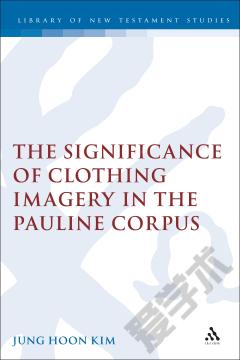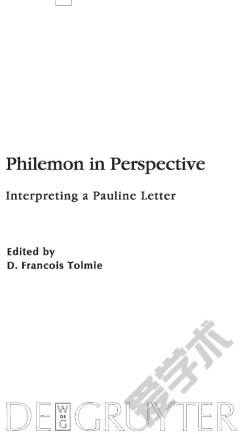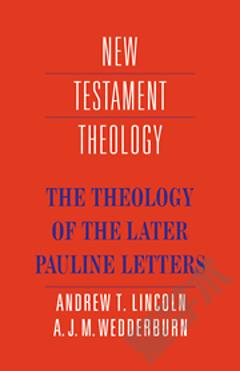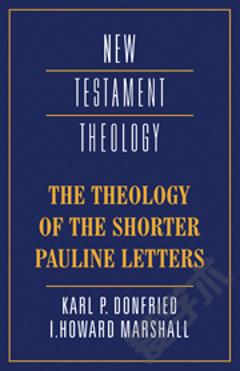The Significance of Clothing Imagery in the Pauline Corpus
This thesis concentrates on clarifying the significance of the clothing imagery in the Pauline corpus. This imagery occurs in six Pauline epistles (clothing with Christ in Gal 3:27 & Rom 13:14; clothing with the new man in Col 3:9-10 & Eph 4:22-24; and clothing with the resurrection body in 1 Cor 15:49, 50-54 & 2 Cor 5:1-4). The imagery constitutes a significant aspect of Pauline theology. For the background to the Pauline clothing-metaphor, Part I looks into clothing imagery in the OT, 1 & 2 Enoch, Apocalypse of Moses, Philo, rabbinic literature, Joseph and Aseneth, The Hymn of the Pearl, Apuleius' Metamorphoses, the Roman custom of clothing, and the baptismal praxis of the ancient church. In the Old Testament, significant background is found in the concept of God's clothing Adam and Eve with garments of skins in Gen 3 :21, in various rituals of the priest being clothed with priestly garments (Ex 29:4-9; Lev 16:3-4, 10-11, 23-24; Ezek 42:13-14; 44:19; cf. Zech 3:3-5), in traditions about God's Spirit's clothing himself with a specific human being (Jdg 6:34; 1 Ch 12:18; 2 Ch 24:20), and the analogy between an eschatological transformation of the cosmos and a change of clothing (Ps 102:26). Later Jewish literature adds other emphases: the analogy between the resurrection transfiguration and the replacement of an earthly garment with a heavenly one (1 Enoch 65:15-16; 2 Enoch 22:8-10), the concept of Adam and Eve's prefall clothing (ApoM 20-21), Philo's notions of the people being clothed with either virtue or vice and of the high priest's becoming superior to others when dressed in sacred priestly garments, the idea of Adam's being clothed with splendour before the Fall in rabbinic writings, and symbolic scenes of Aseneth's attire in Joseph and Aseneth. Also important are the prince's change of garments in The Hymn of the Pearl, various scenes of Lucius' symbolic attire in his initiation to Isis in Metamorphoses, the Roman custom of exchanging the toga praetexta with the toga virilis, and the practice of putting off and putting on clothes at baptism in the earliest church. Bearing in mind the result of a study of these background documents, Part 2 undertakes an examination of the Pauline clothing metaphor. In the clothing-with-a-person passages (Gal 3:27; Rom 13:14; Col 3:9-10; Eph 4:22-24), baptismal themes and the Adam-Christ typology predominate, while in the clothing-with-the-resurrection passages (1 Cor 15:49, 50-54; 2 Cor 5:1-4), the Adam-Christ contrast is presupposed. The former passages describe a radical change in a believer's nature at baptism, when he/she is united with Christ as the second Adam, while the latter passages depict the eschatological change in the believer's mode of existence at the parousia. In brief, the Pauline clothing-metaphor suggests that the life and glory in the image of God lost in Adam has been restored in baptism in Christ, and will be consummated at the parousia.
{{comment.content}}








 京公网安备 11010802027623号
京公网安备 11010802027623号